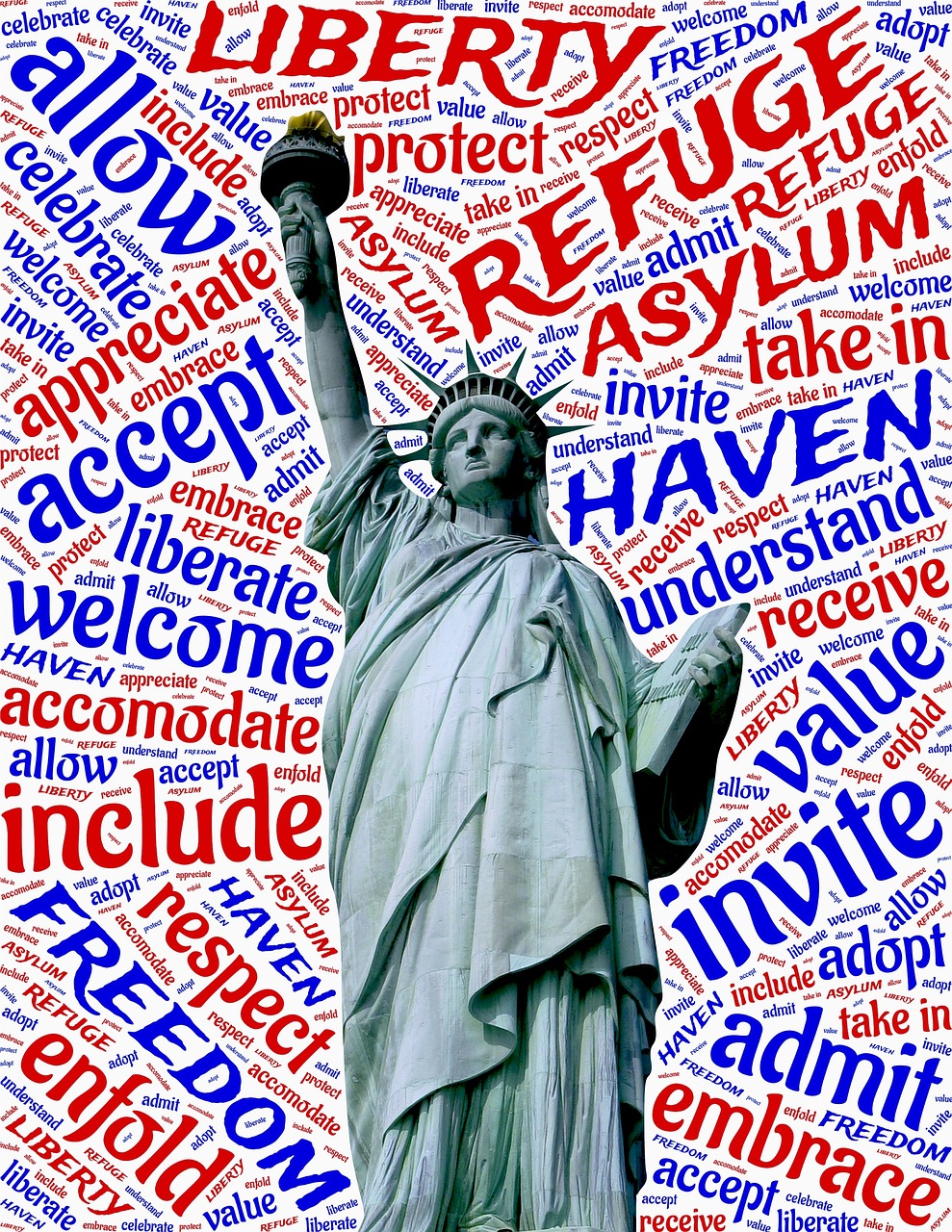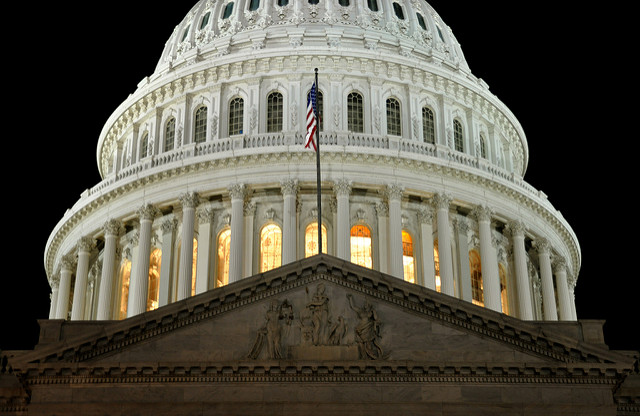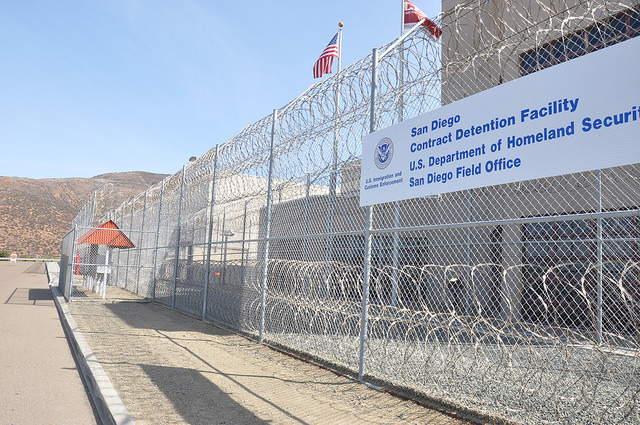Given the recent termination of the Deferred Action for Childhood Arrivals (DACA) program and the controversy surrounding the immigration system as of late, in this post we address the numerous myths surrounding the DACA program and of immigration law in general. Although there are numerous studies and empirical research debunking the common myths attributed to the immigration system, as well as detailed economic reports published by governmental agencies corroborating the positive effects of immigration, Americans continue to hold a negative perception of immigrants and are increasingly skeptical of the immigration process. In truth, much of these perceptions are perpetuated by the unwillingness of Americans to obtain readily available information on the internet, to discover that the immigration process for individuals who entered the United States illegally is riddled with obstacles. More and more we are seeing Americans rely on news stations to accurately deliver the news and do the work for them. Unfortunately, the best way to understand the immigration process itself is to go straight to the source, and not rely on such sources for information.
The public needs to know the facts to better understand that the average immigrant actually has very few immigration options available to them under the current immigration system.
MYTH #1 It is easy to get a green card under current immigration laws
Most Americans believe that it is relatively easy to get a green card. This cannot be further from the truth. Immigration laws are highly complex and are designed to make it more difficult for extended family members, low-skilled workers, and undocumented immigrants to immigrate to the United States. Under current immigration laws, there are generally only two ways to immigrate to the United States and obtain permanent residency, outside of special immigrant categories specifically reserved for special categories of individuals including: asylees, refugees, certain witnesses of crimes, victims of abuse, and individuals who may qualify for withholding of removal. It is extremely difficult for individuals to qualify for permanent residency under one of these special categories.
Outside of these special categories, foreign nationals may immigrate to the United States and obtain permanent residency, only if they have a qualifying family member (such as a US Citizen or LPR spouse, child, etc.) who may petition for them or if the beneficiary works for a U.S. employer on a valid visa who is willing to sponsor the foreign national by petitioning for their permanent residency.
 Visa Lawyer Blog
Visa Lawyer Blog











